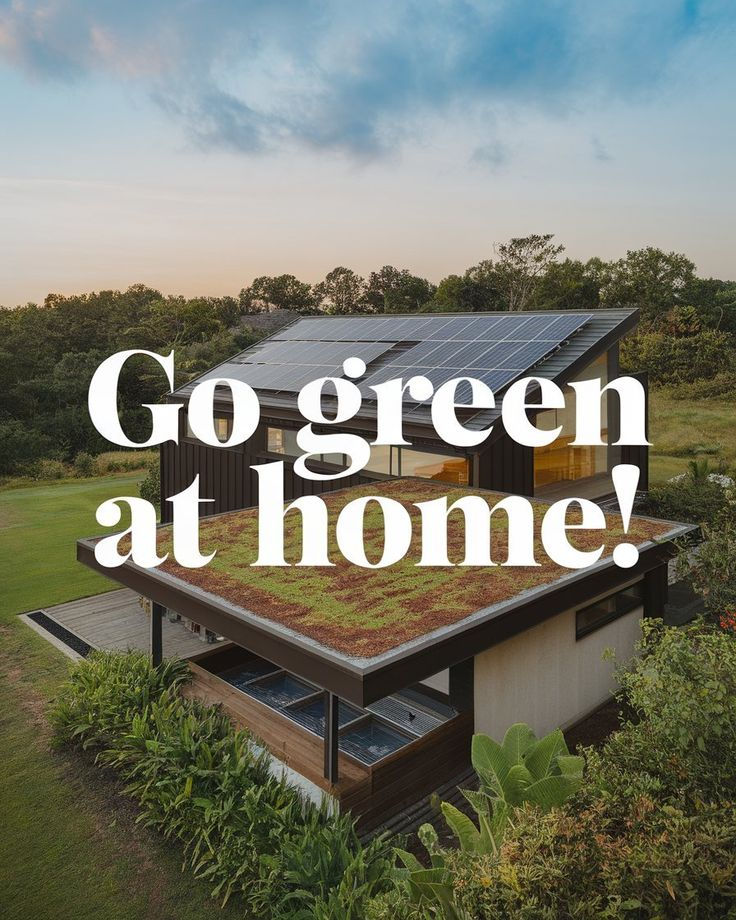5 Simple Ways to Make Your Family Home More Sustainable (Without Sacrificing Style)
- Ava
- Apr 15
- 3 min read
Sustainability doesn’t have to be all-or-nothing—and it definitely doesn’t mean compromising on comfort or beauty. As an interior design studio focused on real family living, we believe that eco-friendly design can be both approachable and stylish.
You don’t need to gut-renovate or overhaul your entire house. Instead, start with small, thoughtful changes that make your home healthier, more energy-efficient, and more in tune with your values.

Here are my 5 simple ways to design more sustainably at home—with plenty of family-friendly flair.
1. Choose Non-Toxic Paints for a Healthier Home
A fresh coat of paint is one of the easiest ways to breathe new life into a space—but many traditional paints release VOCs (volatile organic compounds), which can affect indoor air quality. This is especially important for young children, who spend more time indoors and are more sensitive to pollutants.
What to look for:
Low-VOC or Zero-VOC labels (many major paint brands now offer these).
Water-based paints over oil-based ones.
Certifications like Green Seal or Greenguard Gold can also help guide you to safer options.
Family tip: Use non-toxic paint in kids’ rooms, nurseries, and anywhere your family spends lots of time. It’s a simple upgrade with big health benefits—and zero compromise on colour or finish.
2. Embrace Natural Materials That Look and Feel Good
Incorporating natural materials is one of the most beautiful and effective ways to green your home. Not only do they tend to be more sustainable, but they also bring a sense of warmth and calm to family spaces.
Easy swaps to try:
Textiles: Replace synthetic cushions, throws, and bedding with organic cotton, linen, or wool. These fabrics breathe better and are naturally biodegradable.
Rugs: Jute, sisal, and wool rugs offer durability, texture, and eco-cred.
Décor: Choose baskets made from cane or seagrass, wooden picture frames, and unglazed pottery to bring an earthy touch to your interiors.
Bonus: Natural materials tend to wear in gracefully, making them perfect for homes with kids and pets. A little life and patina only adds to the charm.
3. Give Pre-Loved Pieces a Second Life
Designing sustainably doesn’t mean buying all new eco-certified everything. In fact, buying secondhand is one of the most sustainable choices you can make—and it’s a fantastic way to inject personality into your home.
Why it works:
Keeps furniture and décor out of landfill.
Reduces demand for new materials and manufacturing.
Often more budget-friendly (hello, designer finds for less!).
Where to look:
Facebook Marketplace, Gumtree, and local community groups.
Vintage shops, op shops, or antique markets.
Family hand-me-downs with sentimental value.
Creative tip: A dated timber dresser can become a beautiful modern statement piece with a coat of paint or new hardware. Get the kids involved—it’s a fun, hands-on way to personalise your space.
4. Switch to Smarter Lighting
Lighting is one of the simplest areas to make a sustainable impact—and it has the added bonus of lowering your energy bills.
Try this:
Replace old bulbs with LED options. They last longer, use a fraction of the energy, and are available in warm tones for a cozy feel.
Use natural light strategically—hang sheer curtains, use mirrors to bounce daylight around the room, and consider pale wall colours to reflect brightness.
Add dimmers or smart lighting systems to reduce energy usage and adjust mood with ease.
Bonus tip for families: Make turning off lights a fun habit for kids—try a “light patrol” game where they get to “catch” any lights left on!
5. Add Plants (Yes, Even Just One!)
Houseplants aren’t just beautiful—they actively improve air quality, bring nature indoors, and create a calming atmosphere in the home.
Start simple:
Low-maintenance varieties like pothos, snake plants, peace lilies are great for beginners (and forgetful waterers).
Choose natural pots like clay or ceramic instead of plastic.
Group small plants together on shelves, or go bold with a large potted plant in a living room corner.
Kid-friendly idea: Let children pick out and name their own plant. It’s a lovely way to encourage care, responsibility, and a sense of ownership over their space.
Start Small, Feel the Difference
You don’t need a full eco-home makeover to live more sustainably. These five changes are manageable, budget-conscious, and genuinely impactful—whether you're designing a nursery, refreshing the living room, or just looking to make greener choices in your day-to-day life.
At the heart of it, sustainable design is about intentional living—creating a space that feels good to live in, today and for the long run.
Ready to create a sustainable, stylish family home?
We’d love to help you design a space that feels good, functions beautifully, and reflects your values. Reach out and let’s chat about how we can bring your family’s vision to life—consciously and creatively.



Comments